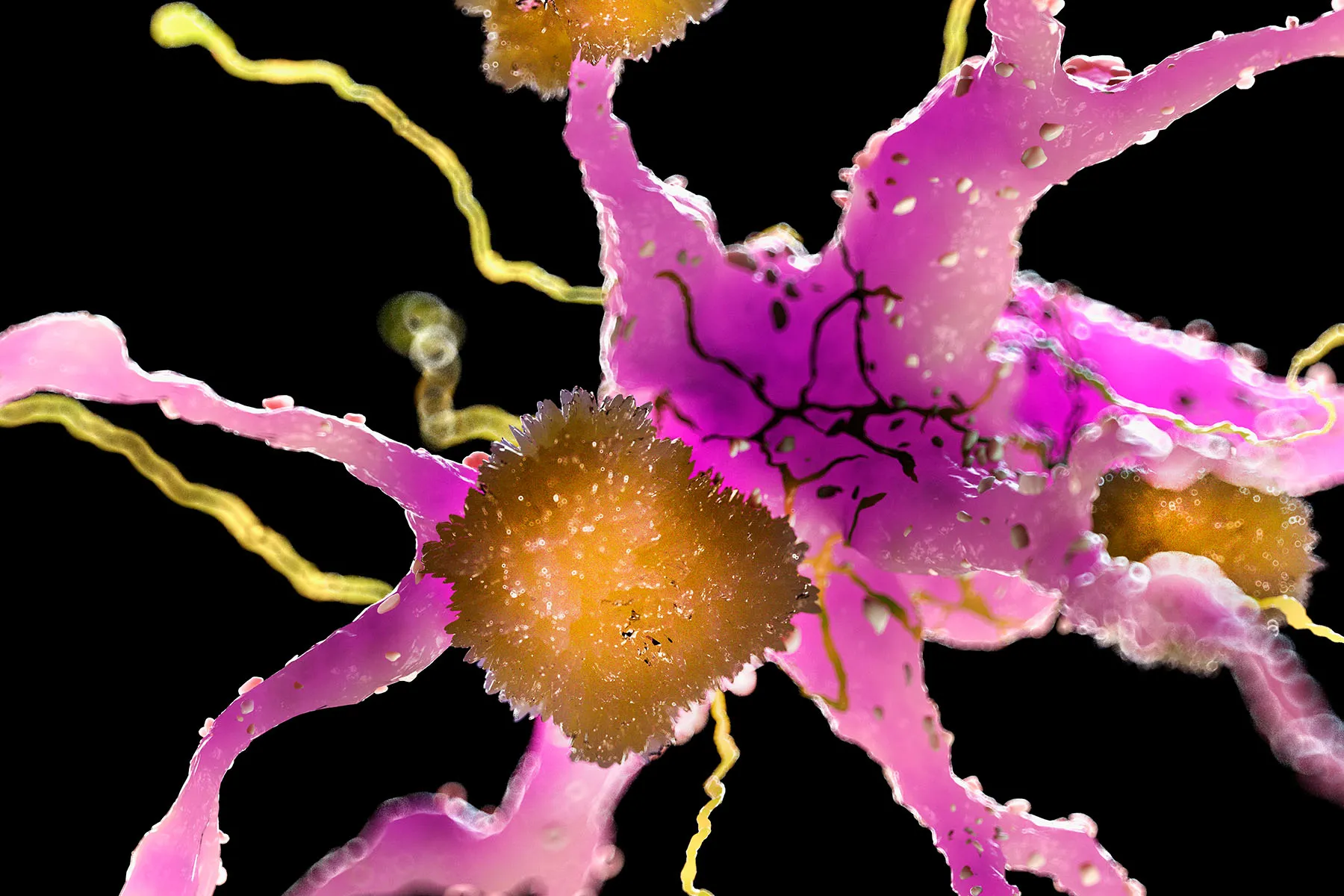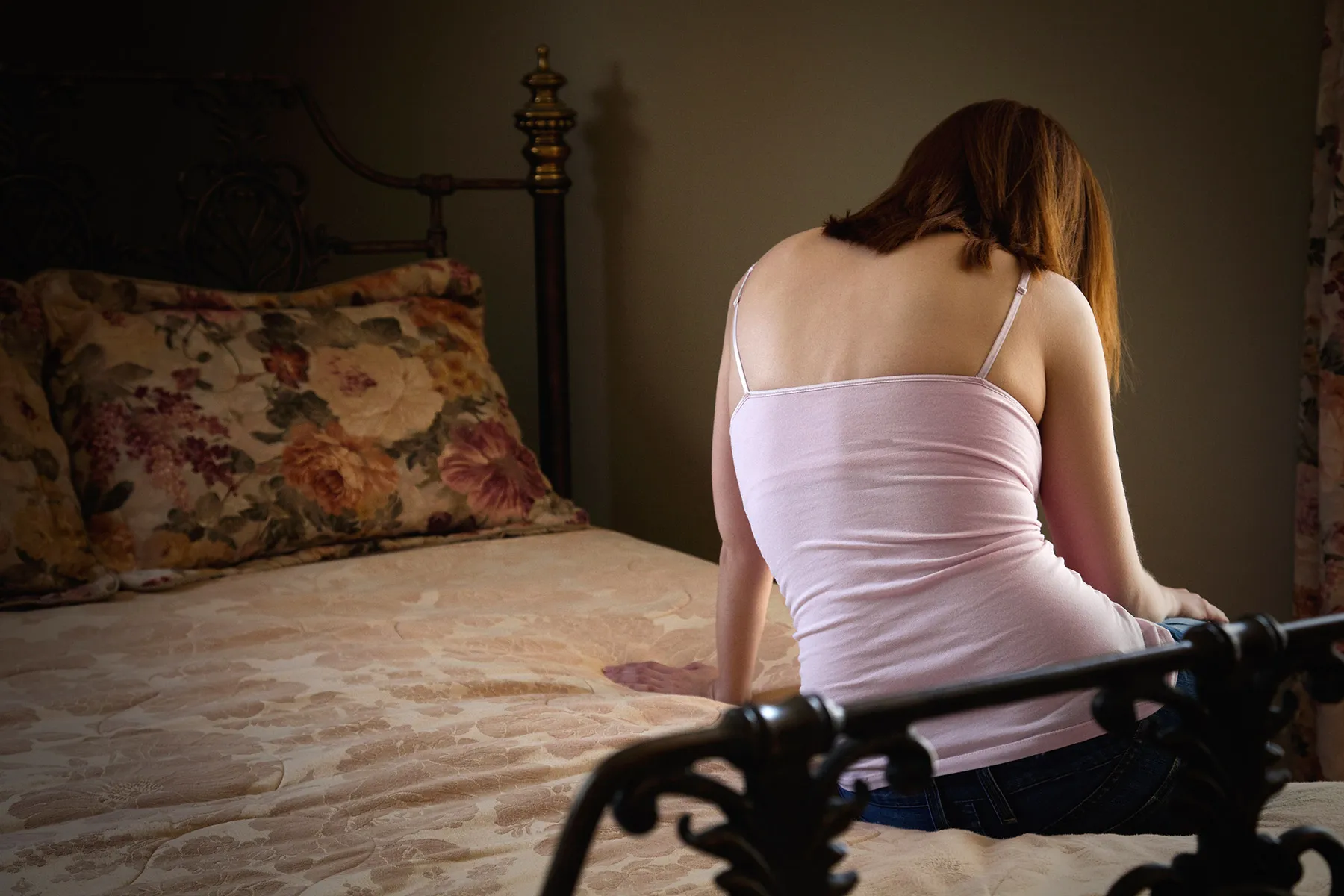Let’s Reopen America’s Courts, But Send the Pundits Home
The national discussion following two recent high-profile trials―the Kyle Rittenhouse and Ahmaud Arbery cases―was once again dominated by sound-byte commentary. It’s one reason Americans know very little about how the justice system operates. Much of what they think they know is wrong, says TCR's legal affairs columnist.


Fox News’ Tucker Carlson interviews Kyle Rittenhouse following his acquittal. Photo courtesy Fox News.
Looking back over the weeks of coverage of the trials of Kyle Rittenhouse in Minnesota and the killers of Ahmaud Arbery in Georgia, it’s clear that we have a civic emergency on our hands.
The American public no longer participates meaningfully in its criminal justice system.
Contemporary media that might compensate for the lack of direct experience just bury the realities more deeply under piles of punditry. The public knows very little about the system’s operation, and much of what it thinks it knows is wrong.
But the COVID pandemic gives us a startling opportunity to set this right.
Court systems all over the country have been forced to amass the hardware and trained staff that will allow us to bring the people back into the court system and to engage them not just on trial juries, but as vigilant witnesses to the bail arguments, docket calls, guilty pleas, sentencings, and probation revocations where the main business of the criminal system actually takes place.
This opportunity won’t last forever. It may not last six months. Equipment will get lost or decay; staff will move on; things will settle back to “normal”—back to a system grinding along, handing out punishment and collateral harms from behind a veil.
We have to grab this chance, and grab it now.
The Curated Trial
Participation as a juror in a criminal trial has become a freakish experience. Reports from the National Center on State Courts indicate that only 1.1 percent of criminal cases are disposed of by jury verdicts. Regular readers have endured my jeremiads about that decline for years.
Still, could indirect experience through (for example) the extensive coverage of the Rittenhouse and Arbery trials work as a substitute? Those two trials were covered relentlessly, but what do we remember of the actual events?
Decades ago—think of the O.J. Simpson, or William Kennedy Smith trials—it was common to train the cameras on the courtroom and simply broadcast what happened. But now, to experience a trial through the media means you will consume an aggressively curated glimpse of a pre-structured reality.
For me, anyway, the Rittenhouse and Arbery coverage consisted of a handful of brief snippets—shaky cell phone video clips of the crimes; a few seconds of the whacky Rittenhouse trial judge emoting; of Rittenhouse blubbering on the witness stand; of the Arbery defendants’ lawyer demanding the removal of Rev. Sharpton—all played and replayed on loops.
The function of these fragments of actual courtroom experience was to tee up the real content of the broadcasts: the commentaries of a small army of pundits—a race of legal system Anthony Bourdains, deputized to introduce the public to the exotic land of criminal justice.
The barriers to entry to the role of criminal justice pundit are apparently very low: a couple of years as an Assistant United States Attorney somewhere seem to suffice.
True, maybe Anthony Bourdain only visited Penang once, but, after all, that is once more than you did—that’s expertise enough. A similar calculus seems to govern the apportionment of airtime.
Once having gained access to the commentator space, each pundit functions more as a brand than as a person. It is no accident that out of a population of lawyers and investigators that must number in the millions, the audience sees the same dozen or so faces over and over.
The repeat players want to continue to be players, and they have learned how to behave.
This is not, or at least not completely and not always, craven ambition; it is often a simple submission to expected courtesies. As a guest, you respect the house rules. In an Orthodox home you eat kosher; in your neighbor’s church you don’t play your radio. On TV you begin every answer with “That’s a great question, Rachel (or Lawrence, or Tucker)…” , and you never say, “I don’t know.”
The role of the legal pundit is to satisfy interlocutors (both producers and on-air personalities) who are not on the whole very serious about what is going on. They cover trials; they cover hurricanes; they cover pandemics too—all are just versions of the same chore, but using different experts.
The effective pundit must be always available, fill the time, and burnish the production’s air of authoritativeness—in short, be dependable.
The producer or host questioning the veteran pundit and the reporter selecting quotes from expert interviewees are not looking to learn anything new; they are looking for perfect examples of the already known (or, at least the commonly believed.)
Their goal is to illustrate, not to discover.
In the end, we are fed spectacles largely devoid of facts but allegedly full of Meaning.
The Rittenhouse and Arbery trials generated cogent warnings about the tendency to look for big lessons from individual trials, notably from Joseph Marguiles in Politico and Sarah Lustbader in the New York Times.
But the tide of commentary rolls on.
The media approach provides no substitute for jury experience, in fact it is diametrically opposed to the genuine jurors’ experience. For a jury, everything is new. A jury has no history to be consistent with; no future to safeguard. It focuses on—it has no alternative to focusing on—the particular. A juror deals with the unique swirling complexity of an individual event, not with the simple schematic generalizations that fuel the media discourse.
The actual juries in the Rittenhouse and Arbery cases played this role, and they arrived at verdicts that seemed oblivious to the Great Themes on which the pundits had concentrated for a month or more. Pundits deal in the typical and representative; jurors are open to the surprising and disruptive.
Lenny Bruce was Right
Lenny Bruce famously said that “In the halls of justice, the justice is in the halls.” Well, not exactly. Bruce was right that courthouse justice (and its opposite) aren’t found only in the vanishing formal jury trials, but they aren’t exclusively found in the halls either.
The work of the courts is done in an endless parade of bail hearings, docket calls, plea hearings, sentencings and probation revocations. Thousands—tens of thousands—of lives are maimed every year in fleeting, laconic proceedings conducted out of public sight. Why the privacy?
In part, it’s because the privacy is treasured by the system’s operators, who spend a large part of each day doing things about which they are vaguely ashamed.
Criminal justice Reformers spend their time generating Best Practices, but in an urban criminal court, the practitioners (including the conscientious ones) are struggling to execute Least Worst Practices.
Criminal justice is a complex adaptive system under production pressure. Inevitably, swelling caseloads generate “covert work-rules” and “practical drift”. Yesterday’s tentative shortcut becomes today’s normal. If today’s coercive plea bargain moved today’s case, then a slightly more coercive plea bargain will move tomorrow’s cases, and move them faster.
If we have to settle for a jail sentence because we have no treatment program beds, consistency requires that we keep settling for jail.
If we need to set bail to get this guy to plead—knowing he will lose his job and we will destroy his family—well, we did it with the last guy. Would it be better to send him to a treatment program? Sure. But there is no treatment program.
Everyone may know this outcome is not quite right; no one sees an alternative. “Good-enough-for-government-work” triage begins to seem like the only mature reaction to these situations.
But who wants to explain that to his or her mother-in-law, or neighbor, or some other visitor from the outside world?
In this context more public eyes on the system’s operators strikes the operators as a system of surveillance conducted by hostile and uncomprehending amateurs.
They Also Serve Who Sit And Watch
Everyone recognizes the importance of jury duty, and accepts that it is a fitting obligation of citizenship, but few people exactly welcome its arrival.
But this lack of public enthusiasm isn’t hard to explain. Part of it surely comes from the fact that “jury duty” in most courts today means tedious waiting in a Jury Lounge for jury service that never happens.
You never actually see anything interesting happen, and, meanwhile, life is disrupted, child care has to be found, transportation to the courthouse has to arranged.
But what if we used our COVID-era resources to support remote court duty, to provide an alternative for those not selected in the 1.1 pervent of cases that culminate in trials? What if we allowed some people to fulfill their duty by arranging to sign in to watch the real work of the system in action? To comment on sentences handed out? To query why one disposition was chosen and not another?
It could be that this transparency will inhibit the most grotesque and dehumanizing abuses of the criminal justice conveyor belt. It is hard to see how it could have no impact on that level. The fresh eyes of the civilians might see humans where the practitioners see docket numbers and the researchers see data points.
New Allies
And it may even be that there is a less obvious positive benefit.
I can confidently predict that the reactions to my proposal in the courthouses where I’ve spent my long adult life will range from grumbling to hysterical cries of victimization.
But it seems possible to me—this is not a prediction, just a hypothesis worth testing—that more public familiarity with life in the system might lead to an alliance that benefits everyone including the practitioners.
If public sees the long skein of “least bad” choices unrolling during the day, will the public begin to build some understanding of need for new resources? Can public understanding encourage cutting the caseloads, or developing more options?
I still believe we need many more live jury trials with live jurors. We have to outlaw the system’s “trial tax” reflex. And we have to be careful that widening the spectrum of citizen “duties” to include remote court-watching doesn’t skew the demographic make-up of the trial juries, and that the logistical challenges of remote participation don’t privilege the well-to-do.
A reasonable per diem, sensible childcare arrangements, convenient distribution of remote access equipment will all be necessary.
But these challenges don’t have to be insurmountable. Covid experience has given us a wealth of expertise in administering remote presentation and communication. Experience with court watching generated by organizations such as Silicon Valley De-Bug and King County, Washington’s Court Watch will teach us lessons if we want them.

James Doyle
If the citizens are allowed to reclaim their place in the justice system, to inform themselves about its operations and to have their voices heard, the path of least resistance, which now leads to mass caging, could develop some new destinations.
We have the capacity to do this. Let’s use it. Let the people make their own judgments. Send the pundits home.
James M. Doyle is a Boston defense lawyer and author, and a regular columnist for The Crime Report. He enjoys hearing from readers.

 Landwebs
Landwebs 
















/cdn.vox-cdn.com/uploads/chorus_asset/file/24430706/elon_musk_twitter_for_you.png)






